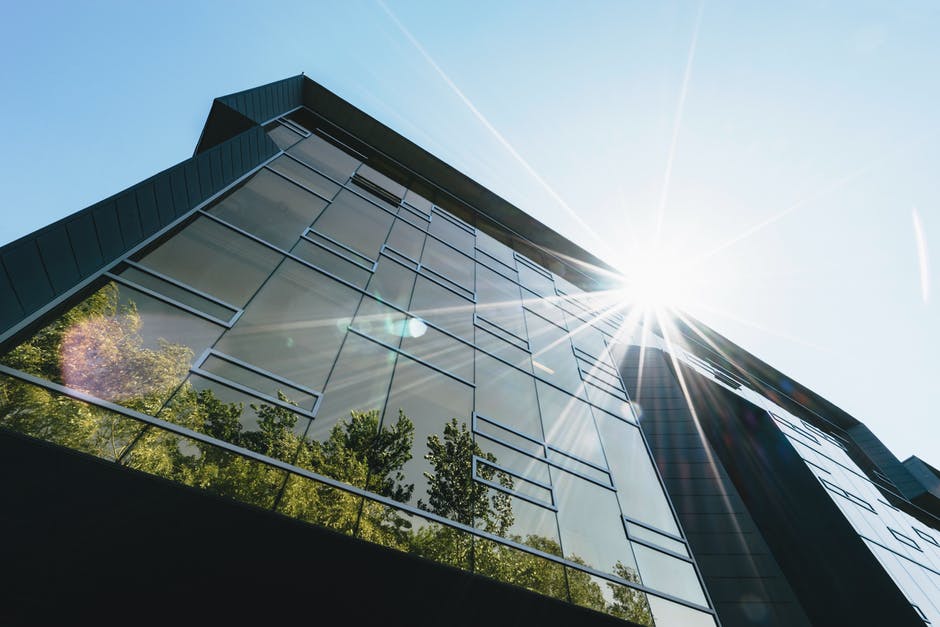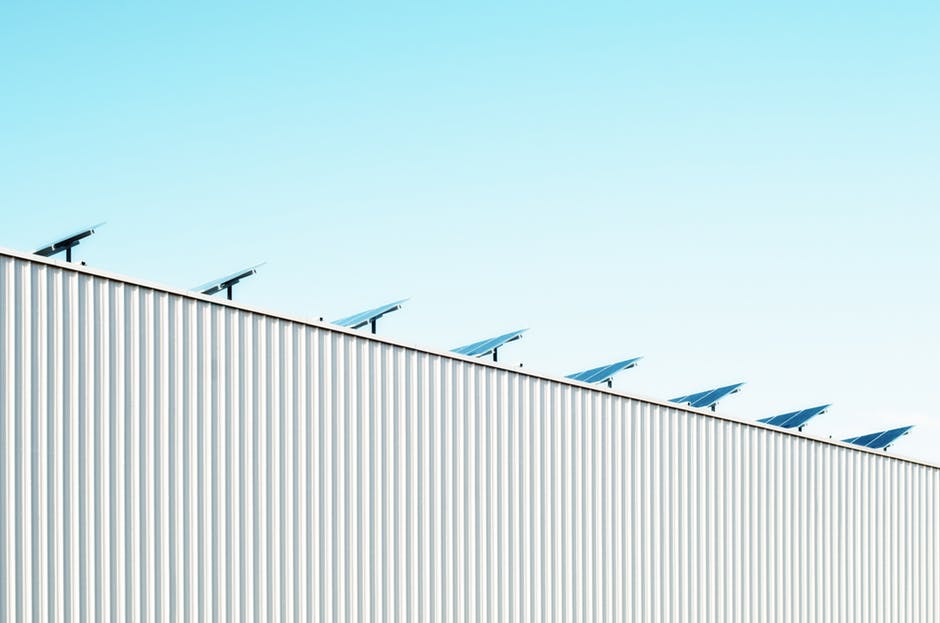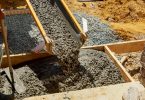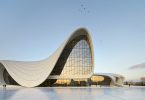What is a green building? To explain in the simplest terms, Green building is environmentally-conscious construction and operation of a building structure. And for many good reasons, green building is becoming increasingly common. With the shift in mind-sets today the idea of promoting sustainability and green building concepts have taken a front foot in the Real Estate industry. And as different stakeholders look for the opportunity to become more involved with promoting these concepts, several green building technologies have been developed to pave the way and ease the process for long-term practices in green and sustainable construction. But what is green building technology? Let’s understand it.
What Is Green Building Technology?
A Green building is nothing more than a building which is built using reusable materials and other materials which make the building efficient and environmentally friendly. And Green building technology typically covers everything from geothermal heating to energy-efficient appliances.
Why Do We Need Green Building Technologies?

We are a country of 1.2 Billion People and counting …
- 31% percent of Indian population lives in Urban Areas
- 700% increase in commercial energy consumption in the last four decades and the numbers are growing ….
- Energy consumption in India will touch 4 trillion units by 2030
- There is a shortage of average 225 million litre water per day in major Indian Cities, and an alarming 21 Indian cities are estimated to run out of water by 2030
Startling facts, aren’t they? Well, undoubtedly, Green Building Construction presents one big solution to this unsustainable growth. By now we all know, a green building is a structure which is designed, built, renovated, operated, or reused in an environmentally friendly and resource-efficient manner. In addition to that, these buildings are designed to meet certain critical objectives like:
- Protecting Occupant Health
- Improving Employee Productivity
- Conservation Of Energy, Water, And Other Fast Depleting Resources
- Reduce The Use Of Energy, Water, And Other Fast Depleting Resources
- Lower Carbon Footprint
- Reducing The Overall Impact To The Environment
- Better Indoor Air
Green building technology can really help in achieving these objectives in an efficient manner.
Different Types Of Green Building Technologies
The below list strikes a perfect balance between eco-friendly building materials which can be used to building sustainable building structures and more advanced green technologies like solar which can go long way in cutting down energy consumption. These materials and technologies are being actively used by builders and developers across the world. Let’s know them:
http://landmarkinn.com/project/the-board-room/ 1. Net Zero Concepts
Net zero or Zero energy buildings are built to effectively operate independently of the standard electric grid. In simple words, they are able to produce their own power through the use of renewable energy sources. And yes, “Zero” here refers to both energy consumption and carbon emissions. Basically, such building structures consume zero net energy annually and do not produce any carbon emissions as it largely relies on renewable energy supplies like solar or wind power.
In addition to net zero concepts there are a certain building which efficiently produces energy which is more than its requirement. Such buildings produce a surplus of energy, hence they are known as “Energy-Plus Buildings”. On the other hand, some buildings produce little less than the required energy, they are called “Near-Zero Energy Buildings”.
Zero energy homes are expressly built to be enormously energy efficient with passive solar designs and excellent insulation. While design is just one part, the building powers itself using active solar panels and wind collectors, some buildings also use biofuels for heating.
And one fact we cannot ignore to mention, building a zero-energy home is no easy task, also it’s not cheap. Zero energy concepts are still a niche form of construction which involve high up-front costs. But again, the rewards of building such homes are a perfect blend of technology which barely affects the environment compared to today’s typical construction project.
where to buy modafinil uk 2018 2. HVAC (Heating, Ventilation And Air Conditioning)
About half of a building’s energy demand are devoted to heating, ventilation, and air-conditioning (HVAC). Hence, it is barely surprising that this particular field has become an important point for innovation.
Today all modern constructions employ HVAC systems, in fact, it is one function that designates them as modern buildings or homes. Through a series of ducts, house warm or cool or dehumidified air flows into all the rooms of a home. A centrally placed HVAC system is one of the most silent and convenient ways to cool the entire house.
- HVAC Systems comprise of water-cooled screw chillers with a high coefficient of performance and eco-friendly refrigerant.
- AHU’s, cooling towers, pumps; jet fans with adjustable frequency drives are modulated by centralized IBMS with the installation variable air volumes inside the designated areas.
- AHU’s are interlinked with Heat Recovery Units to reduce the cooling load on the chiller.
- For better IAQ, use of Demand Control Ventilation system with Co2 sensors is a must.
The main objective of an HVAC system is to reduce the electricity consumption of the building from the electricity grid.
3. Low-Emitting Materials
Selecting low emitting materials and products not only improves human health but also goes long way in protecting the overall environment. In addition to that, it also helps the building projects achieve Green building credits from agencies like LEED, IGBC, and GRIHA, hence it is an important consideration in today’s design and construction world.
In general, low-emitting materials credit applies to a very wide range of building products which include the following:
- Interior paints and coatings applied on-site
- Interior adhesives and sealants applied on-site
- Flooring
- Composite wood
- Ceilings
- Walls
- Thermal and acoustic insulation
In addition to the above, it also applies to the commercial and residential furnishings which later fill the living spaces. The reduction or no use of low emitting materials is better for the environment, for indoor air quality and are approved for use around people with environmental sensitivities.
One of the best examples of low emitting building materials used is Wienerberger’s environmentally friendly yet technologically advanced specialized clay bricks under the brand Porotherm. The design of the product itself has been made keeping sustainability in mind with optimal usage of natural resources and energy with a very high level of automation enabling large-scale production to cater to the growing demand from this segment.
4. Cool Roofs
The effect a roof can have on energy is often ignored, the impression of which can be momentous. In winter, inadequate or damaged roof insulation allows heat to easily escape and during summers, heat gained through the roof not only upsurges the cooling load but also increases the electricity demands.
A cool roof is one sustainable green building technology which aims at reflecting the heat and sunlight away. It helps largely in keeping the buildings at standard room temperatures by depressing heat absorption and thermal emittance. Simply put, they reflect more of the sun’s rays than average shingle roofs and avert the warm/cool air inside the home from escaping through the top of a building.
The typical design of cool roofs makes use of special tiles and reflective paints which absorb less heat and also reflect most of the solar radiation away. Typically, cool roofs easily reduce temperatures by more the 50 degree Celsius during the summer months. Cool roofs help in minimizing the dependence on air conditioning systems, which in turn helps in reducing the energy use and lowering greenhouse gas emissions that result from powering our heating and cooling.
Cool roofs can be constructed with a number of materials, including special reflective paint and cool roof shingles and tiles. Check out Wienerberger’s Clay Roof Solution, its one of the most environmentally responsible roofing material.
5. Green Insulation
Energy-efficient heating can only keep a building warm if there is sufficient thermal insulation to keep the heat inside. Another fact that might surprise you is that Insulation is one of the greatest concerns when it comes to the construction of buildings and homes.
But, most people don’t understand that these insulators are simply wall filters which do not necessarily demand the use of expensive and highly finished materials.
While choosing the best possible insulating materials, there are some prerequisites that one could consider. Some of them are discussed below.
- Costing of the insulating material
- Measurement of the area where insulation is to be done
- Degree of insulation required
- Costing of energy being consumed for heating and cooling
- Sensible fire-proof
- Non- absorption of moisture
- Non – vulnerable to undergo deformation
- Insolent of attack of little insects
Identifying basic insulating materials is very important. Here is a list of basic insulating materials; wool insulation materials, slag slabs, natural fibre insulation materials, porotherm bricks, gypsum board, vermiculite, and perlite insulation materials, cementitious foam insulation materials, gasket cork sheet, insulation facings etc.
Additionally, the use of green insulation has proved out to be a sustainable construction technology as it helps in eliminating the need of high-end finishes made from non-renewable materials, denim insulation, cellulose insulation, glass insulation, and cotton insulations are few examples. The use of Porotherm Bricks is one great option as these bricks contain natural insulation properties.
6. Solar Power

Solar power is one among the most common sustainable green building technology used today. Primarily in green construction, it is being utilised in two ways:
- Active Solar Power – This system is the use of functional solar systems which absorb the sun’s radiation to provide for heating and electricity provision. It helps in reducing the need for gas or electricity. While the upfront installation costs are higher in such systems, in the long run it saves on energy bills and also aids in reducing greenhouse gas emissions from non-renewable energy sources like fossil fuels.
- Passive Solar Power – This design uses the sun’s rays to warm homes through the strategic placement of windows and the use of heat-absorbing surfaces. The windows allow energy in and the heat absorbed reduces the need for warming the house during cold winter months.
According to EnergySavers, the more we demand on solar for our energy needs, the fewer greenhouse gases we will produce from using non-renewable energy sources.
Note, the efficiency of the solar panels varies largely based on the size of the system and also on the local climate. But again, if given correct conditions, a solar system will make up for all the up-front costs of installation in the long run with years of free energy.
7. Smart Appliances
Modern appliances are getting smarter every passing day, aren’t they? We all know our homes and commercial buildings consume a lot of energy and for this reason; the use of smart appliances as a part of green building technology is becoming the need of the hour.
Green building technologies emphasize the installation of energy saving and self-sufficient home appliances. SmartGrid refrigerators, washing machines, dishwashers, micro oven are examples of such technologies. These technologies are oriented towards creating zero-energy homes as well as commercial buildings.
8. Water
Conservation of water is one of the basic principles of green building. Rigorous efforts are needed to ensure that material and systems which are used in building construction aid in the reduction of water consumption during both the construction and operation phases in buildings and landscaping the areas.
The principle of water efficiency and sustainable water management is quite achievable, it can be done by using alternate sources of water to meet the water demands where the quality of water need not be potable. In the residential zones, potable water can be supplied and in large commercial zones partly potable and a large portion of non- potable water can be supplied and this is a wise step and should be considered in all urban areas of the country and abroad.
All the water fixtures like taps, toilets, shower heads, urinals etc. should be water efficient. Green buildings are sustainable buildings which demand water conservation as well as preventing pollution and use reuse of grey water and recycle treated water ensuring potable water use for potable purpose only.
Final Thoughts
The environmental benefits of Green construction are obvious, but there are other compelling reasons to implement green building technologies which may not immediately come to mind. One example is – Additional business opportunities which come from appealing to an ever-growing pool of environmentally conscious consumers.
Green buildings make a lot of business sense, as it starts paying off good ROI within 3-4 years. Well, though the use of new technology might look like some additional effort and investments, the rewards of these are far higher and satisfying.
Use of Green building technology aids the green efforts, benefiting workforce and society as a whole, reducing operating costs and elevating your brand value.
Curated by editor at Wienerberger India
Like this story? Or have something to share? Write to us: gosmartbricks@gmail.com or connect with us on Facebook and Twitter.
















